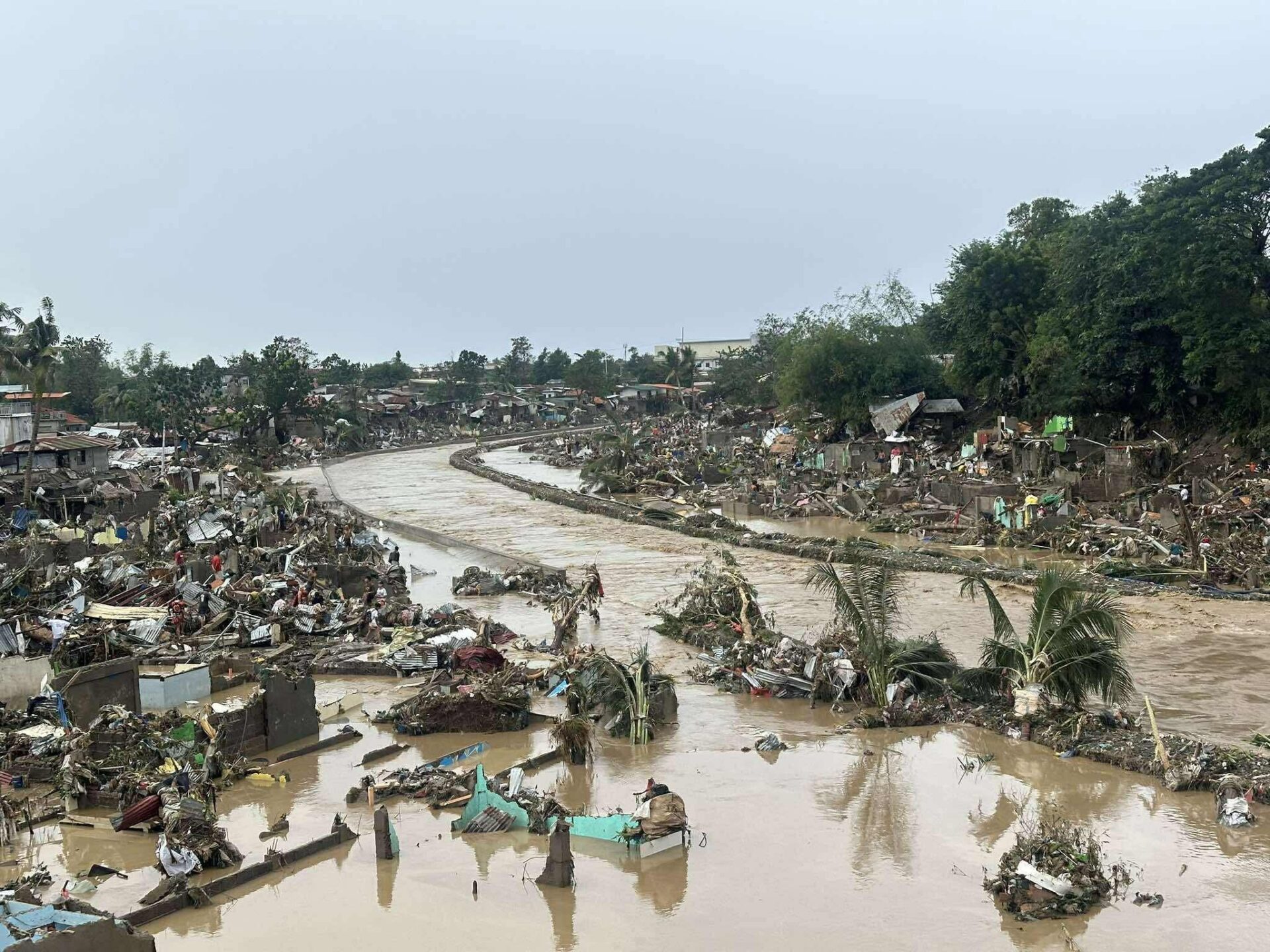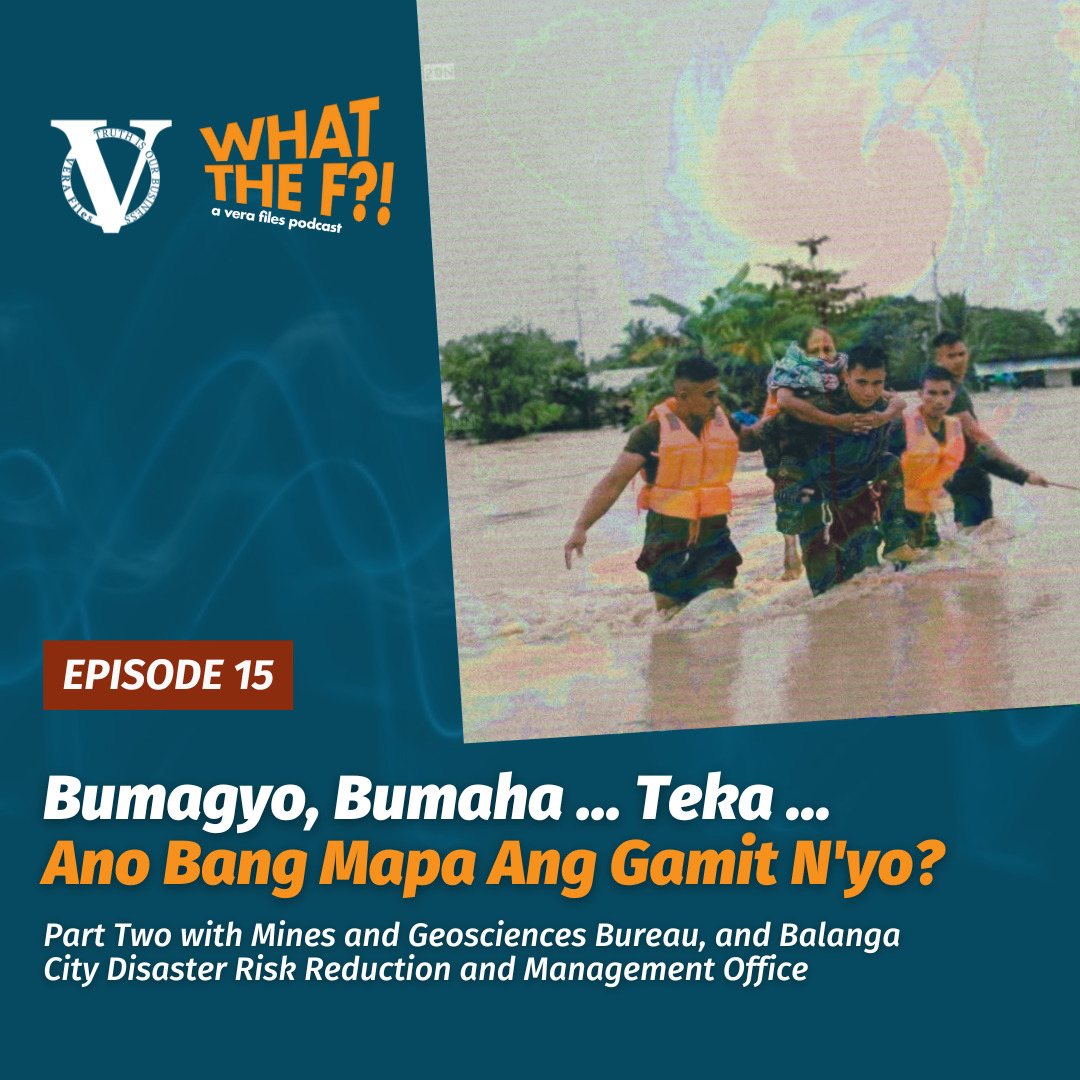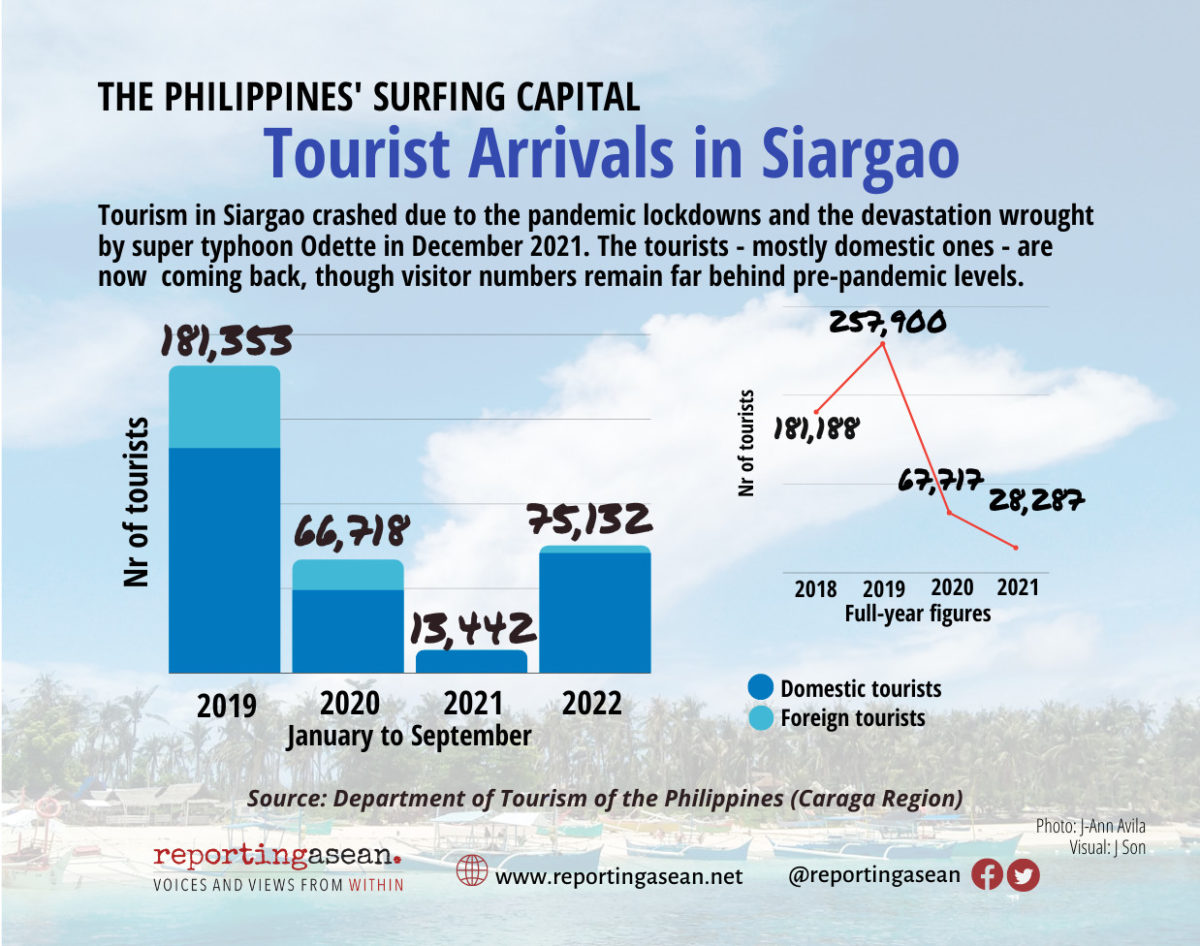The harrowing impact of Typhoon Tino (international name: Kalmaegi) and the onslaught of Typhoon Uwan (international name: Fung Wong) should prompt lawmakers to quickly enact the pending measures seeking to return Project NOAH (Nationwide Operational Assessment of Hazard) into the national sphere.
Project NOAH, the country’s flagship disaster risk reduction management program created in 2011 in the aftermath of Typhoon Sendong (international name: Washi), was a national government program under the Department of Science and Technology. It is currently managed by the University of the Philippines as the UP NOAH Center after being defunded in 2017, during the Duterte administration.
The distressing sight of widespread physical destruction, loss of life and the resulting humanitarian crisis in Cebu, which is still reeling from the impact of the 6.9-magnitude earthquake last Sept. 30, when Typhoon Tino struck on Nov. 4, gives more than enough reason to boost Project Noah and extend its reach with more funding that it needs. More so now that Typhoon Uwan’s rage is felt in many parts of the already storm-stricken Bicol and Visayas regions.
Project NOAH provides “hazard-specific, area-focused and time-bound warnings” down to the barangay level before and during disasters, UP professor Mahar Lagmay, Project N0AH executive director, has been saying in media interviews.
It used to be a part of the National Disaster Risk Reduction and Management Council, providing pre-disaster risk assessments, identifying which municipalities and barangay (villages) will be affected by what kind of hazards at a specific time, based on what real-time sensors see.
Project NOAH is still very much around, but its wings had been clipped when it was defunded. It can cater only to local government units approaching it for help. And there are very few of them who care to know their hazards.
Project NOAH has disaster mitigation and prevention components, which had been instrumental in identifying areas hit by hazards at a particular time. When it was officially launched in 2012, then-president Benigno Aquino III said the program’s real-time warnings and information would serve as the country’s ark against deluge, giving the administration then the confidence for a zero-casualty approach in disaster management.
When Congress resumes sessions this week, House Bills 694, 2577 and 4533, and Senate Bills 1357 and 1416 should be foremost in the legislative agenda. Primarily, the pending measures aim to transform the UP Resilience Institute, with Project NOAH as its core component, into a UP National Climate and Resilience Institute, providing for a whole-of-society and science-based approach to disaster risk reduction and climate change adaptation.
It’s also about time to legislate the long delayed National Land Use Code, which would serve as the master framework for the allocation, utilization, management and development of lands and natural resources.
Death and destruction to property may be prevented through Project NOAH’s hydrometeorological hazard maps, which include barangay-level flood hazard maps for major river basins, storm surge maps for coastal communities, landslide hazard maps, and even hazard maps for debris flow.
Its website is easy to navigate if you want to know if you are in a safe place or where you can move in times of disasters. Every Filipino should make it a habit to check Project NOAH’s hazard maps in major decisions they make, such as in acquiring property or spending time somewhere, for their safety and peace of mind.
It is unfortunate that despite sufficient warnings about the devastating impact of Typhoon Tino, Project NOAH’s hazard maps had only less than 5,000 viewers at that time.
“Sana ito na nga ang pagkakataon na maiba naman natin kasi paulit-ulit na lang ‘yung ginagawa natin, eh. Pagkatapos ng disaster maghihintay tayo ng kaunting panahon tapos eto na naman ‘yung disaster. Baka dapat iba na ang approach natin, mag-reset tayo, baguhin natin ‘yung pananaw at subukan naman natin ‘yung ibang paraan na isali natin sa kultura natin ‘yung paghahanda gamit ang siyensiya kaakibat ng arts and the humanities (I hope this is the opportunity for us to do something different because we are just doing the same thing over and over again. After a disaster, we wait a little while, and then the next disaster happens again. Maybe we should have a different approach, let’s have a reset, let’s change our perspective, and let’s try a different way to incorporate preparedness into our culture using science combined with the arts and the humanities),” Lagmay said in a podcast interview by journalist Christian Esguerra over the weekend.
In our struggles to overcome the severe problems and difficulties caused by a string of natural disasters, we should keenly observe how our leaders, from the barangay to the national government, have contributed to our sufferings as well as in addressing our needs. Keep them in mind until the 2028 elections, when we can avert a bigger disaster by choosing those with competence, humility, integrity, accountability, courage, and genuine desire to serve over the popular, manipulative candidates.
Let’s not allow another political disaster to exacerbate our situation and the future of the next generation. By this time, we should already know what our hazards are.
The views in this column are those of the author and do not necessarily reflect the views of VERA Files.
This column also appeared in The Manila Times.





